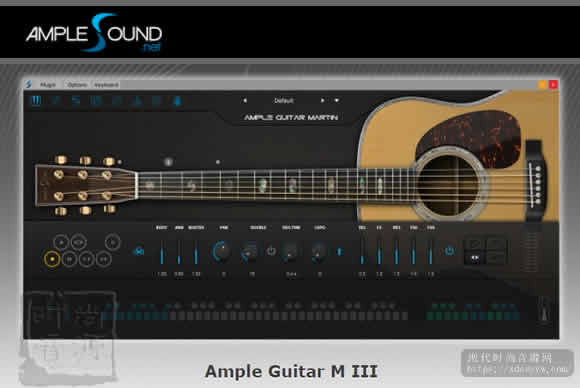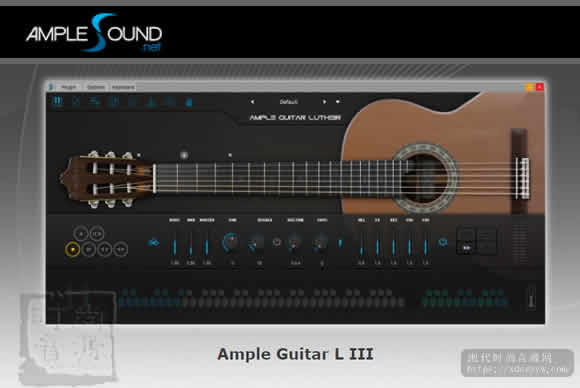![图片[1]-【柏林弦乐音源】Orchestral Tools Orchestral Strings Run KONTAKTKONTAKT | 音色插件资源网-音色插件资源网](https://www.yinsebar.com/wp-content/uploads/2019/09/4-3.jpg)
I have on my bookshelf a copy of Slonimsky’s Thesaurus Of Scales & Melodic Patterns. It’s great read for anyone with an enquiring musical mind — by applying pure musical logic and avoiding the usual clichés of classical and jazz harmony, the author creates a huge number of interesting melodic shapes that constitute a great resource for any composer seeking fresh avenues. The book also poses several musical brain‑teasers, such as: what interval do you get when you divide five octaves into 12 equal steps? (Answer at end of article.)
While this sort of thing is of interest to students of music theory, Orchestral Tools’ new sample library, Orchestral String Runs, is likely to be of far more practical use to media composers and orchestral mock‑up artists trying to earn a crust. Building on the established orchestral library tradition of providing played octave runs in different scales and keys, OSR also contains a set of melodic modules allowing you to create your own string runs and figures in real time.
The library is the brainchild of German composer Hendrik Schwarzer, a precocious young fellow who wrote his first full‑scale orchestra and choir piece at the age of 16. Feeling that the string runs in existing orchestral libraries lacked flexibility, Mr Schwarzer and his business partner had a word with the bank manager, booked 50 string players from the Belarus Philharmonic (with whom Schwarzer had previous positive dealings), flew to the former Soviet city of Minsk and spent three days recording a large collection of runs, figures, mini‑phrases, straight notes and legato intervals.

![[三体中国民乐全套 效果器合集] 古风中国风编曲必备 R2R [WiN, MacOSX](40GB+)稳定运行版本-音色插件资源网](https://www.audioba.com/wp-content/uploads/2024/12/20240725195002777-QQ_1721908198947-734x550-1.png)


![[最新Ample吉他3代音色免安装25套合集]Ample Guitar Bass v3.7.0 [WiN, MacOSX](77.1GB+)-音色插件资源网](https://www.audioba.com/wp-content/uploads/2024/11/ample-sound.jpeg)
![[智能自动编曲软件 ]band in a box 2024 中文汉化完整版+安装方法 [WiN](201GB+)-音色插件资源网](https://www.audioba.com/wp-content/uploads/2024/10/Band-in-a-Box-10.jpg)










